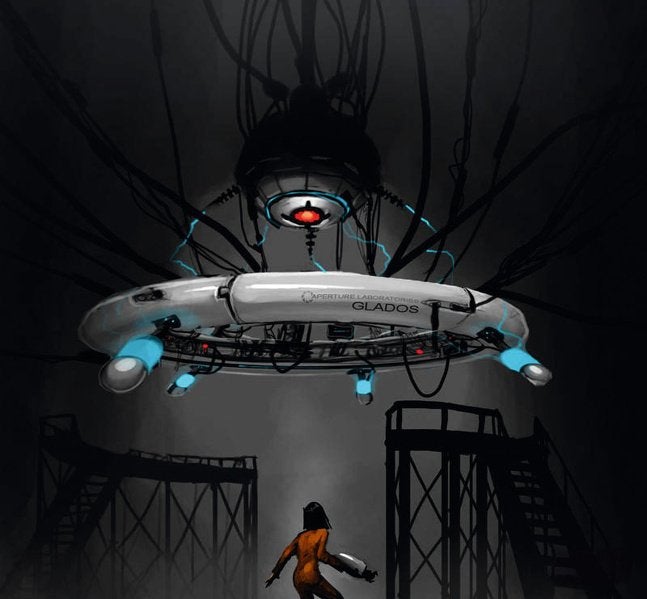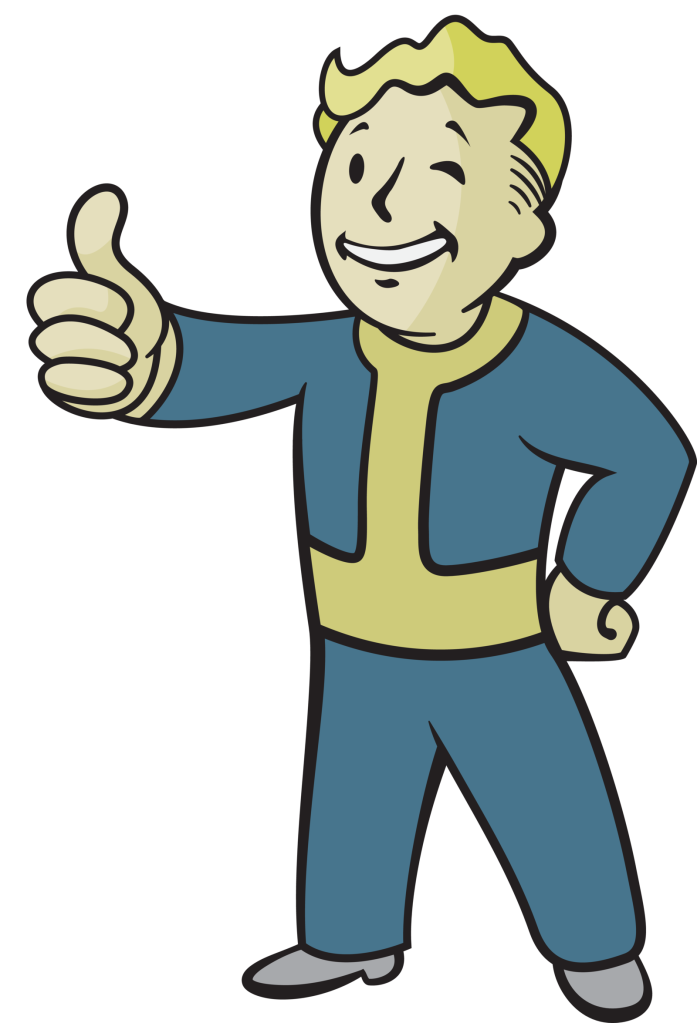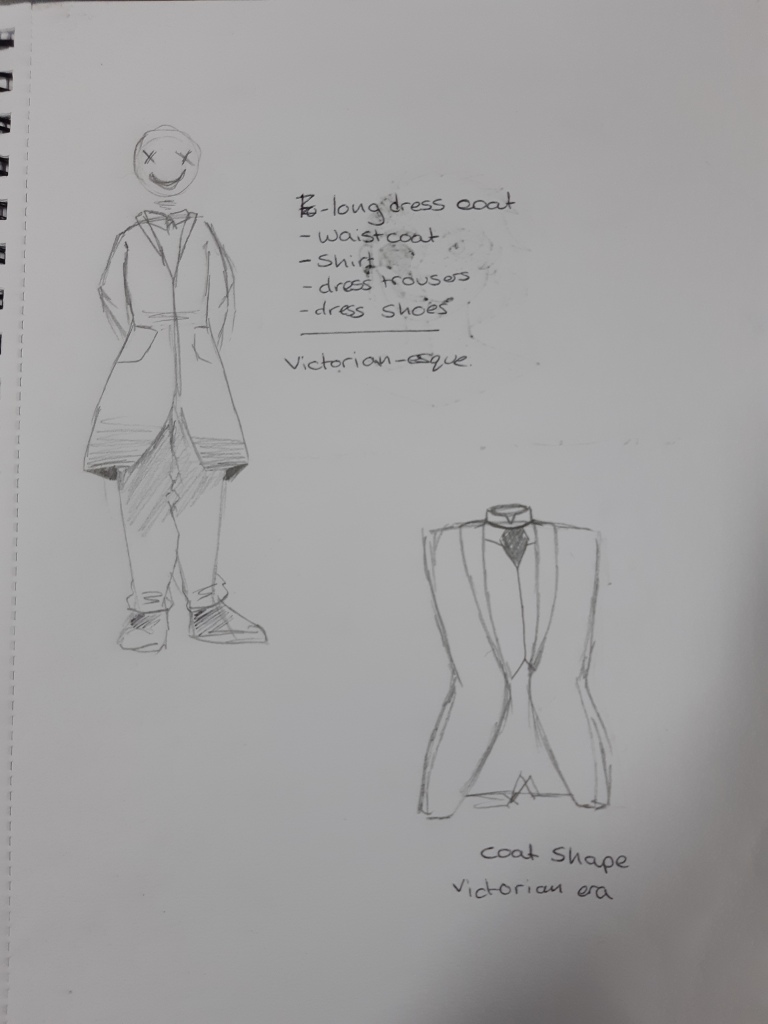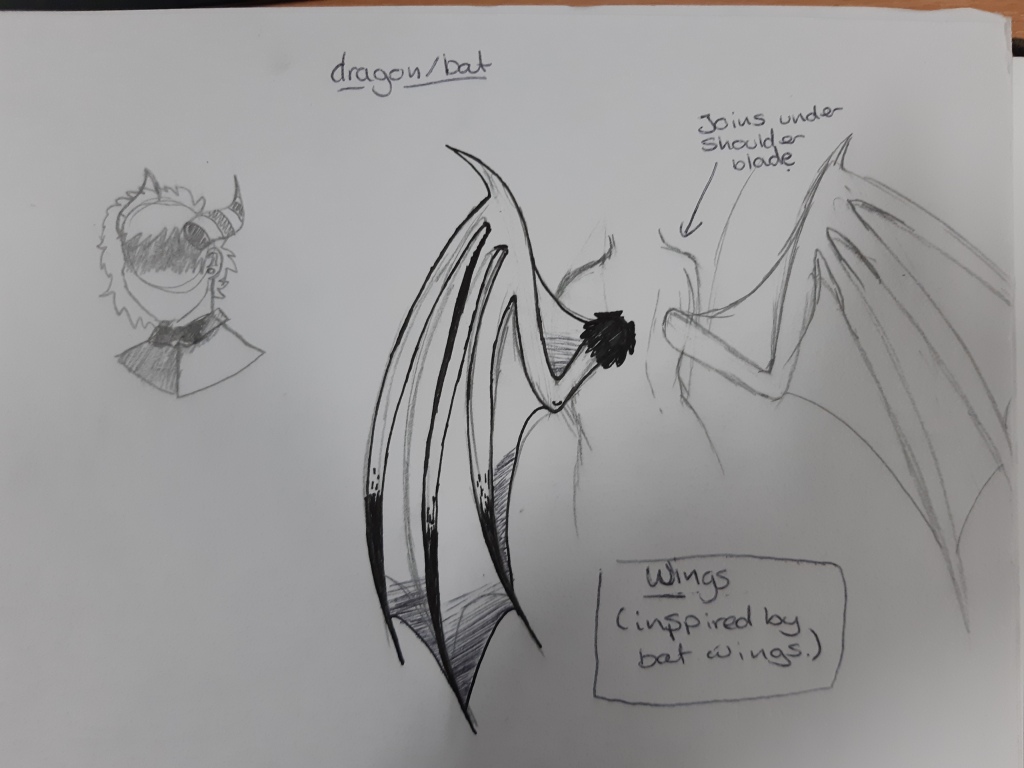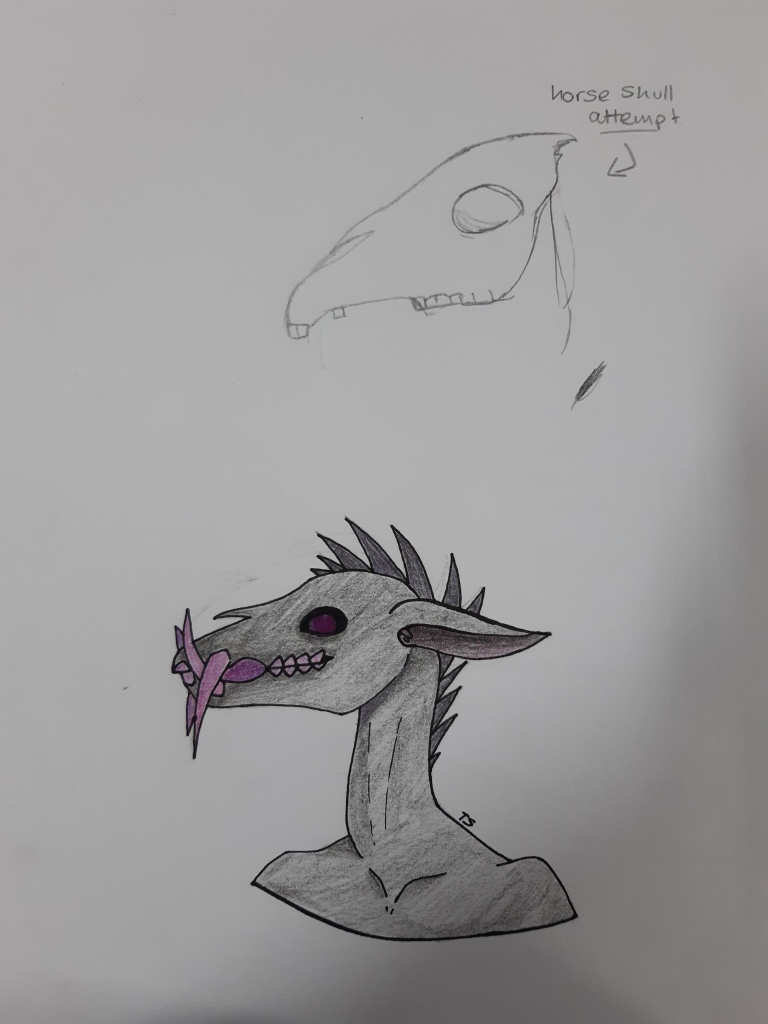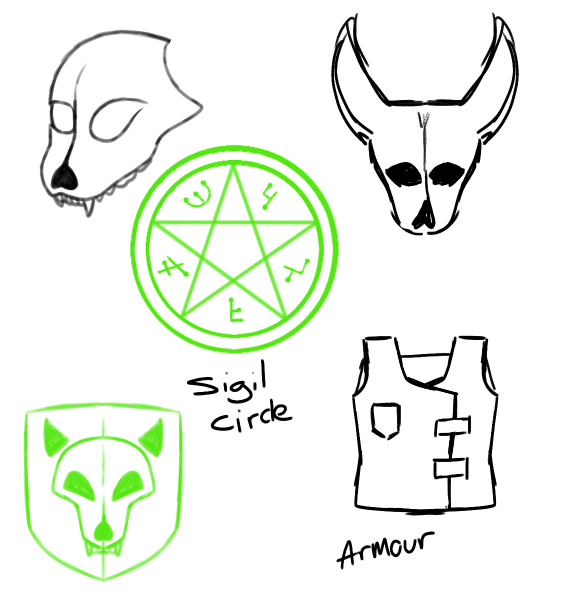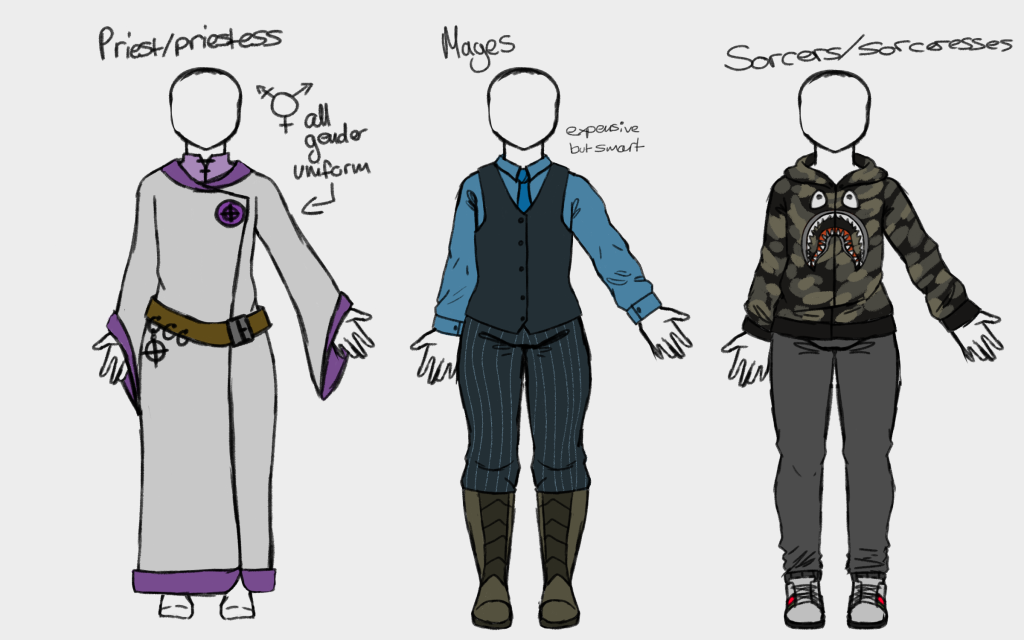Task 1: Research
The Legend of Zelda

The Legend of Zelda is a franchise created in 1986, with the release of the first game, by Japanese game designers Shigeru Miyomoto and Takashi Tezuka, under the publisher Nintendo. Since the first game, the franchise has amassed a net worth of $3.436 billion worldwide (as of 2018).
A baseline LoZ plotline is Link finding or being summoned by the herald and getting their main quest. They are sent off on the quest and can find small side quests to aid their way along the main quest path. The main antagonist normally pops in throughout the journey but Link only fights them properly at the end. This plotline is normally known as the Hero’s Journey.
The most commonly used character archetypes in LoZ are the hero (Link), the herald, the ally and the villain. Almost every game in the franchise has these archetypes. Most games in the franchise also share setting archetypes, the common ones being the forest and the village.
The majority of the LoZ games are 3D, starting with Ocarina of Time in 1998. The design of the games has stayed mostly the same, being relatively simplistic and easy on the eyes when playing. The soundtracks of LoZ games are often made to be very reflective of the places the player goes, changing when the player enters a new space and using music and sound to give the place atmosphere along with the graphics. This was particularly important in the early games as the graphics weren’t the best.
For my own project, I think I’ll consider using the plot line of the hero’s journey, as it’s a common and well-known. I’ll also consider using the archetypes of hero vs villain and adding a herald or ally to help the hero along.
Skylanders

Skylanders is a spinoff of the Spyro series, published by Activision. The original developer was Toys For Bob, and the franchise has swapped between Toys For Bob and Vicarious Visions multiple times over the 9 years since the first game was released, as well as being handed to n-Space and Beenox between these handovers. Since 2011, the franchise has sold 175 million toys and passed the threshold of $3 billion in sales (as of 2015). There have been 6 games, going by the subtitles of Spyro’s Adventure, Giants, Swapforce, Trap Team, SuperChargers and Imaginators.
The plot of the games stays roughly the same, all of the games taking place in a place known as Skylands, a realm of floating islands. The games are very adventure based, requiring the player to traverse the islands on quests and use different Skylanders to get past certain obstacles. The Skylanders themselves are all different kinds of mythical creatures, from dragons to rock giants, and every Skylander is associated with a certain element, the elements being: Earth, Air, Fire, Water, Magic, Tech, Life, Undead, Light and Dark. The goal of each game is to beat Kaos, the antagonist of the games and to stop him ruling Skylands.
The archetypes seen in all the Skylanders games are the Heroes, the allies and the villains. The heroes are the Skylanders, the people/creatures you take control of to help save Skylands. The allies are the people/creatures you encounter on the way, helping you to practice your skills and give you advice. Finn the Pilot would count as this, being someone who takes you between islands and takes you to the places you need to go. The villains would be Kaos and his army of creatures that you fight on the way to get to him at the ends of the games.
The setting archetypes used are mainly the garden and the island. The Skylands are idyllic, peaceful and prosperous places, being green and covered in flowers and nature a lot of the time. Kaos seeks to disturb this and some of the islands have been ruined by his creatures, turning them into evil and ugly places.
For my own project, I’ll use the idea of isolated islands where the protagonist requires help from allies to get to other islands to complete their quest/s.
Concept art research
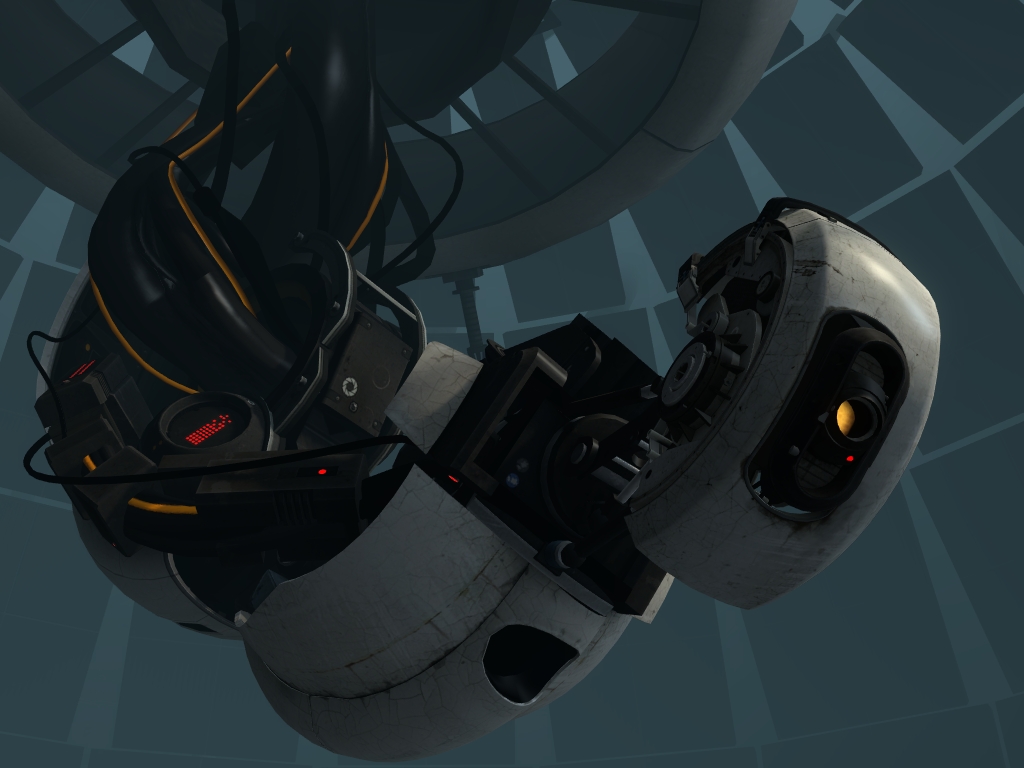
GLaDOS (Genetic Lifeform and Disk Operating System) is a complex artificial intelligence system and is the main antagonist of the Portal games. Her personality is inherited from a woman called Caroline, the personal assistant to Aperture Science’s CEO, Cave Johnson. Johnson’s health was failing and he planned to upload his own mind, but instead chose to upload Caroline’s, thus forming GLaDOS. In the first game, she guides the protagonist and player’s character, Chell, through the seemingly abandoned Aperture Science labs, at first being helpful and teaching the player how to navigate through the test chambers. As the game progresses however, she becomes more and more sinister, eventually revealing her true colours when she tries to lure Chell into a fire pit to incinerate her.
GLaDOS’s design is very robotic, her shape being formed of multiple “personality cores” and wiring to connect her into the mainframe of the facility. She is mostly neatly pulled up into this shape, but looking closer you see she is disheveled and messier than first thought.
The difference between the concept art and the final design of GLaDOS is drastic. The original concept art shows GLaDOS as a large ring shape with an eye facing straight down whereas the final is shaped more humanoid. There is a chaotic mess of wires coming down into her, presumably keeping her functioning and connected. The multiple personality cores are noticeably absent and instead, there is one massive personality core.
This design visually seems inspired by Hal 9000 from 2001: A Space Odyssey, having one large red eye in the center. It is then surrounded by a ring lower down, with an unknown purpose. This design also reminds me of the wheel robot from WALL-E, AUTO, who is also inspired heavily off Hal 9000, in both looks and personality.
From what I can see, the main materials that would be used to construct GLaDOS, both the original and the final version, would be a smooth, white metal and glass, along with wiring to keep her working of course. She also seems to have less important parts made of a darker metal, possibly to blend the working parts in with it so they aren’t noticed as much, leaving her with a white, pure look despite the fact she is a cold, cruel personality.
Something to note is the fact the final design of GLaDOS looks like a woman tied up upside down, a design choice by the creators to make her seem more human and safe, despite her personality shining through as dangerous.
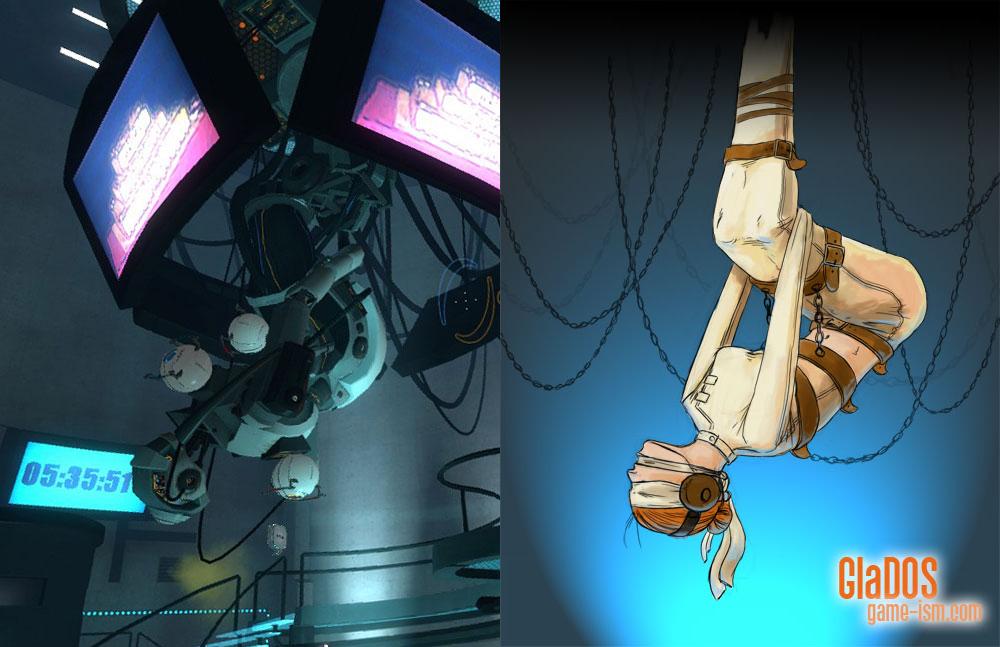

Vault Boy is a character from the Fallout game series. He is the mascot of Vault-Tec and is a recurring element in products made by Vault-Tec throughout the world. He is used by the Pip-Boy to model statistics and selectable attributes for the character. From Fallout 3 onwards, he also models clothes and weapons too.
The character was designed by Leonard Boyarsky and is inspired by Rish Uncle Pennybags from the Monopoly board game. The first few cards were drawn by George Almond and the design was finalised by Tramell Ray Isaac.
The differences between the original concept art for Vault Boy and the final are little to none. The designs are very visually similar and the final follows the concept closely. The only differences I can see, are the concept art having Vault Boy’s head bigger than the final, and his face being drawn slightly different. The style was simplistic anyway so this isn’t a surprise, the style being very reminiscent of Monopoly.
Artist research
Kim Noble is a British artist, author and parent with Dissociative Identity Disorder (DID). She and her alters have been painting for 16 years after becoming interested by it through an art therapist. Since then, she and 13 other artist alters have had 60 exhibitions combined, both nationally and internationally.
Below is a painting done by one of Kim’s alters, Ria Pratt. Ria’s paintings and almost always about trauma, presumably the trauma the body went through to develop the disorder in the first place. A lot of Ria’s art shows prints of particular figures along side or somewhere else on the page, less pronounced figures that are “copies” of the other figures. This shows dissociation, and how it can feel like you are no longer in your body and in control.
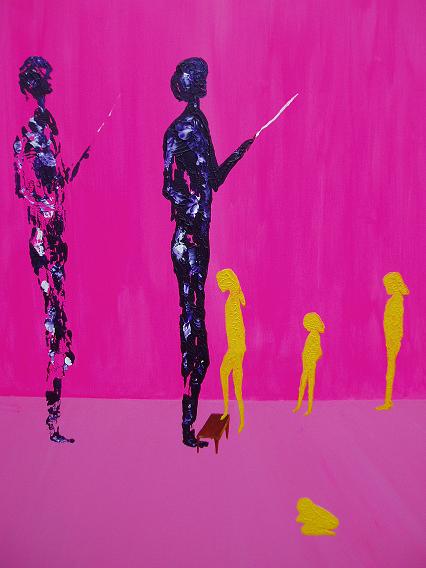
Task 2: Planning and design
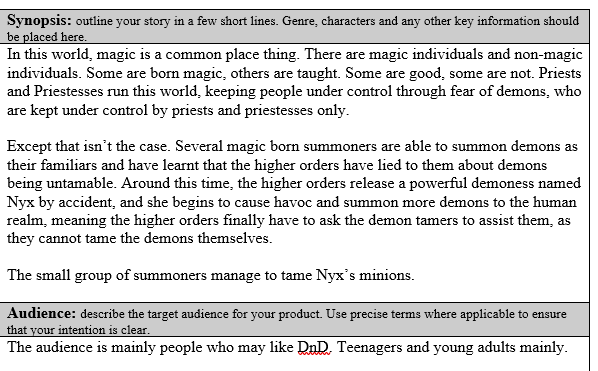
Developed sketches
My developed sketches were of clothes I think people in my world would wear. From left to right there are Priest/Priestesses, Mages and Sorcerer/Sorceresses.
Priests and priestess attire is the same, the clothing having no gender markers. All are dressed in long pale grey robes with purple accents and under clothes.
Mages in this world are rather rich but posh, using their wealth to run businesses with their magic rather than spending on “pointless” things. Their clothing is high end but elegant, being reminiscent of royalty.
Sorcerers and sorceresses are rich but focus more on their look and status rather than using their wealth to better the world around them. They are normally in designer clothing and showing off.
Final piece

My final piece is of a wiccan summoner, a rare combination in the world I created. Summoners are born with their powers whereas witches (or wicches) are taught their power, focusing on using magic from nature. This summoner has a demon familiar, another rarity as demons are seen as untamable and unruly. This demon is unruly, as shown by the scars all over it’s tamer, but has been tamed
Task 3: Evaluation
My research was mainly conducted through secondary research, through Wikipedia and other sources from the internet. I think I was biased towards Wikipedia but when researching Kim Noble, I went for her website as it is her personal webpage. I don’t think my research impacted my design work in any way. I also think I have a bias towards artists that have mental health implications, such as Kim Noble with DID, and the idea of GLaDOS being shaped like a woman hung upside down.
The designs I came up with, I think are appropriate for the world I’ve created. They are human enough to feel real but are also detached in the fact a lot of it is influenced by magic. My designs would do with improvement with proportion as I’m still learning anatomy. There is improvement between my other designs, as I used Photoshop a lot more and used my previously learnt skills to make my art better. I think next time I would allocate more time to doing my final piece to make sure it’s of the highest quality I can produce.
I am happy with what I’ve created this project, and though I think I can improve in some places I am happy with how it has come out. I think I can improve by doing more primary research and working harder on developing my skills further. I’ve improved on photoshop hugely. My art is a lot cleaner and the effects make it look a lot more magical than I could have managed before. I need to improve my time management and work on giving myself more time to do things.
Harvard references
GLaDOS – Vignette Wikia. (2019). Glados_new_lair. Available: https://vignette.wikia.nocookie.net/half-life/images/d/d5/Glados_new_lair.jpg/revision/latest?cb=20110422115106&path-prefix=en. Last accessed 16/12/19.
GLaDOS comparison – Blogspot. (2019). Glados. Available: https://teddiescribbles.wordpress.com/wp-content/uploads/2019/12/f7e41-glados.jpg. Last accessed 16/12/19.
GLaDOS concept art – Reddit. (2019). iw86eXN62XOHiyaiTK01LbKZXtCTPvc9PpCbRIP3zCc. Available: https://external-preview.redd.it/iw86eXN62XOHiyaiTK01LbKZXtCTPvc9PpCbRIP3zCc.jpg?auto=webp&s=69309161ac8c918dac394b010d49a488123aeecc. Last accessed 16/12/19.
Kim Noble Art – Kim Noble. (2020). 5671749839-cf9618db64-o_orig. Available: http://www.kimnobleartist.com/uploads/1/1/7/5/117565256/5671749839-cf9618db64-o_orig.jpg. Last accessed 06/01/2020.
Majora’s Mask – i.ytimg. (2019). maxresdefault. Available: https://i.ytimg.com/vi/Tqb9q7-XqVo/maxresdefault.jpg. Last accessed 11/12/19.
Spyro’s Adventure – Vignette Wikia. (2019). Skylanders SA Art. Available: https://vignette.wikia.nocookie.net/skylanders/images/b/b5/Skylanders_SA_Art.png/revision/latest?cb=20160125022836. Last accessed 11/12/19.
Vault boy – Shopify. (2019). FWP-3004-CA_b892290e-5c45-45b2-ab7a-1268ad549766_1055x. Available: https://cdn.shopify.com/s/files/1/1140/8354/products/FWP-3004-CA_b892290e-5c45-45b2-ab7a-1268ad549766_1055x.jpg?v=1574300691. Last accessed 16/12/19.
Vault Boy Concept – Vignette Wikia. (2019). Vault Boy concept. Available: https://vignette.wikia.nocookie.net/fallout/images/9/97/Vault_Boy_concept.jpg/revision/latest/scale-to-width-down/340?cb=20091117130929. Last accessed 16/12/19.
Vault Boy final design – i.pinimg. (2019). 8e97d100673bfb291a8801734c899bda. Available: https://i.pinimg.com/originals/8e/97/d1/8e97d100673bfb291a8801734c899bda.png. Last accessed 16/12/19.
